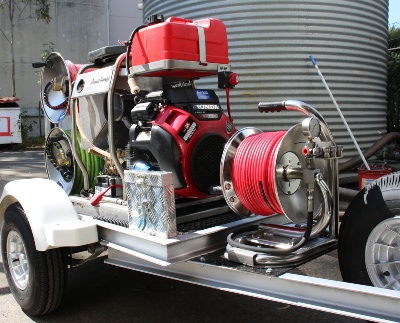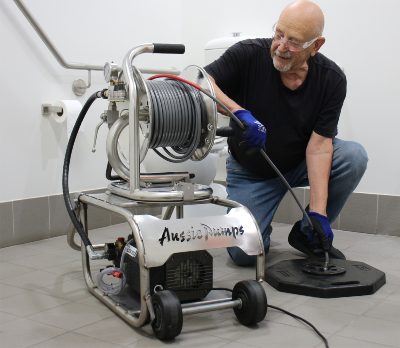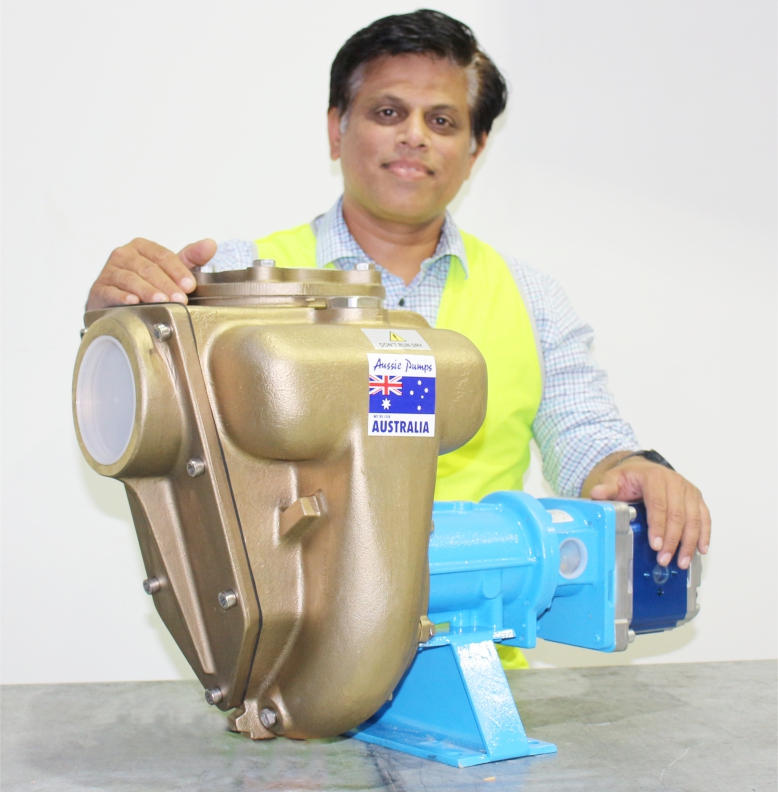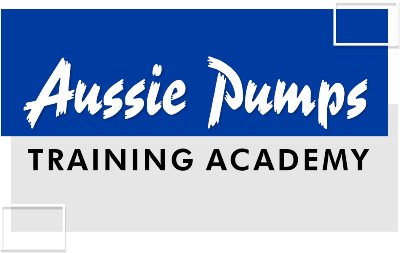
Maintaining temperature control in heat recovery applications is a challenge for system designers. Metrex Valve, distributed in Australia by Australian Pump Industries, has developed a range of thermostatic and pressure actuated valves with significant advantages over other types of control valves.
The Metrex Valves derive their operating force directly from changes occurring within the system being controlled. There are no sensors to drift out of calibration, no control instrumentation to malfunction and no electrical power to fail. The advantage of a properly selected Metrex Valve is true “set and forget” simplicity.
Widely used in both defence and commercial marine chilled water and air conditioning systems the valves are available in configurations capable of handling both fresh and seawater. In their marine configuration, the body is manufactured from bronze alloy with Monel trim parts.
Both Australia’s FFG and ANZAC class frigates incorporate systems using these advanced design valves.
Australian Pump Industries, working with the Metrex engineers, are planning to develop a cast 316 stainless steel version for specific applications.
All Metrex valves incorporate three essential components that work in combination to modulate the flow of water. The valve includes a stemmed plug and seat that opens and closes allowing more or less water to flow through it according to the amount and direction of the positioning force. The most significant positioning forces are due to the pressure element and the springs.
An actuating pressure element, such as a diaphragm or bellows, transforms the pressure of the actuating refrigerant into a positioning force acting on the valve’s stem. Most Metrex valves “open on increasing pressure”. Alternatively, valves can be configured to “close on increasing pressure” and are commonly designated “reverse acting”.
The third key component is a modulating spring that develops a counter force opposite in direction and equal in magnitude to any force that compresses the spring. As the pressure increases and the valves moves to a more open position, the spring is further compressed and the spring force increases.
Strength of the spring and its initial compression can be varied to give the valve the desired opening characteristic. Modulating springs can be mounted on the spring housing inside the bellows or both.
The sum of the positioning forces is equal to zero when the valve is in a steady state position. If changes occur within the system the valve is regulating, the equilibrium is upset. The valve responds by changing position until the spring force again equals the force due to the pressure element and equilibrium is re-established.
In typical marine refrigeration applications, “load” on the chill increases. The refrigerant entering the condenser will rise, causing the valve opening and the water flow to increase.
Due to the regulating action of the valve the flow of heat removing water through the condenser keeps pace with the load on the refrigeration system and the refrigerant. Thus head pressure refrigerant pressure is maintained within a relatively low range.
Metrex make ammonia compatible valves and the product is available with water pressures of 150 to 500psi, and designed in both 2 way or 3 way configuration.
A free Technical Selection Guide is available from Australian Pump Industries.
Australian Pump Industries maintain a service station at their Castle Hill, Sydney head office to service Metrex valves both in marine and defence applications.
Further information is available from Australian Pump Industries.




